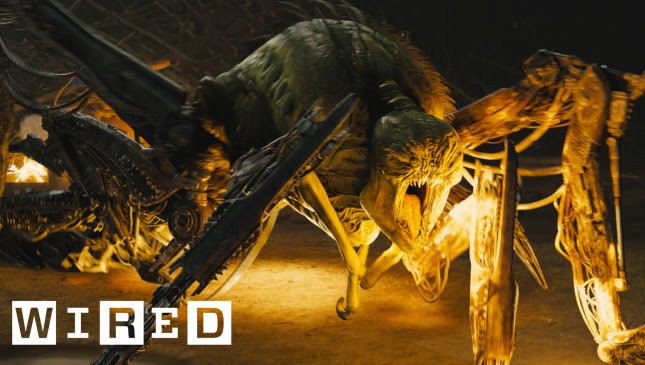The Great Apes of the “Planet of the Apes” Trilogy
Summary
In this article, we explore the different species of great apes featured in the “Planet of the Apes” trilogy. We learn about their physical characteristics, communication methods, and behavior. We also discuss how the portrayal of certain apes in the movies may not be entirely accurate.
Table of Contents
- Chimpanzees
- Bonobos
- Gorillas
Chimpanzees
Chimpanzees are the most commonly featured great ape in the “Planet of the Apes” trilogy. They are part of a group of animals called hominids, which includes eight species. Chimpanzees communicate using both gestural and vocal communication, including the pant hoo. They also have the ability to use sign language, which was an area of research in the 1960s and 70s. Chimpanzees have the widest distribution of any great ape and have different cultures that are passed on socially. However, they do not make good pets as they have strong mother-infant bonds. While they can walk upright, they generally do not do so for long periods as they are adapted to living in trees.
Bonobos
Bonobos are similar in physical appearance to chimpanzees, but they are smaller and have a darker face at birth. They have a limited range and are found only in the Democratic Republic of the Congo, south of the Congo River. Bonobos are known for being pacifist and using sex instead of aggression to settle disputes. In contrast, chimpanzees have a more aggressive personality. In the “Planet of the Apes” movies, the portrayal of Koba is uncharacteristic of bonobos, as they are typically playful and non-violent. Bonobos are the only species of great apes that have not been observed to have animosity within their own species.
Gorillas
Gorillas are the world’s largest primates and can weigh up to 400 pounds. There are four types of gorillas, and only one is found in zoos. Gorillas are not found in a large area of central Africa, where bonobos are the only great apes present. Male and female gorillas grow at different rates, with males entering an adolescence phase called the black back phase, and they are called silverbacks when they reach adulthood.
Conclusion
The “Planet of the Apes” trilogy features several species of great apes, each with their unique characteristics and behaviors. While the movies may not always accurately portray these animals, they still provide a fascinating insight into the world of these intelligent creatures. As we continue to learn more about them, we can better understand and appreciate the importance of their conservation and protection.






